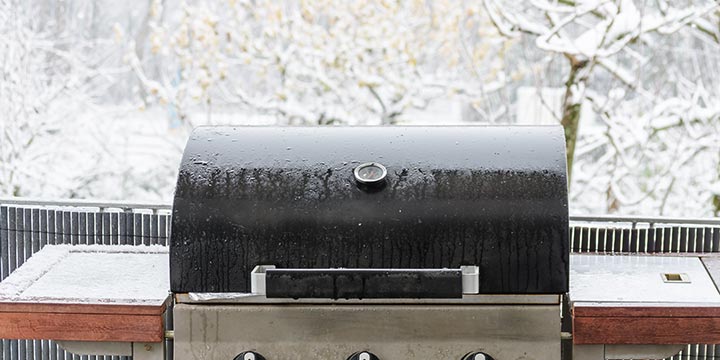[vc_row][vc_column][vc_column_text]No matter what your age, if you’ve taken the leap into buying a new home, you’re going to need some guidance on where to go from here. Make use of these few survival tips so you can ease into the joys of owning your new home!
Focus on What Needs Immediate Attention
Moving into a new home can be stressful especially depending on the current state of the house. It’s important to take into account what you can afford in the beginning while always keeping in mind the future home projects your house may need along the way.
Figure Out What Repairs You Can’t Do On Your Own
One of the new expenses that accompanies home ownership is having to make repairs. There’s a time and a place to do small repairs on your own, but be careful trying to take on the ones that could put you in danger. Do not do yourself or your house the injustice of giving it the improper treatment. Remember that your home is both the place where you live as well as an investment, and it deserves the same amount of care you would give to anything else you value greatly.
Service Checks
Be sure to evaluate all of your home systems including your water heater, fireplace, and/or chimney, and any major appliances that must be checked. As a new homeowner, you want to make sure that your house is properly functioning before you begin to move in just in case the unexpected happens and your valuable items take a hit. Be proactive and take the necessary precautions beforehand to ensure a smooth transition.
Changing the Locks
Once again, protect yourself from another worst-case scenario by changing your locks before you move in. The last thing you want is to leave your home (and your valuables) vulnerable to previous residents of that home who might still have access. Don’t put this task off especially since you don’t know how many copies of the house key the previous owner made. Be able to enjoy your new home by first making yourself and those you live with as safe as possible by completing these tasks beforehand. It’s time to sit back and take some pride in one of the most memorable purchases of your life!
Did you just purchase a new house and do you need help with a renovation project? Our team at McDonald Contracting will be happy to help you assess your new home and give you a free quote for any projects you may need assistance with. Check out our recent work to get an idea of the work we do!
Need inspiration for you house? Check out our Pinterest boards for some great home ideas![/vc_column_text][/vc_column][/vc_row]


